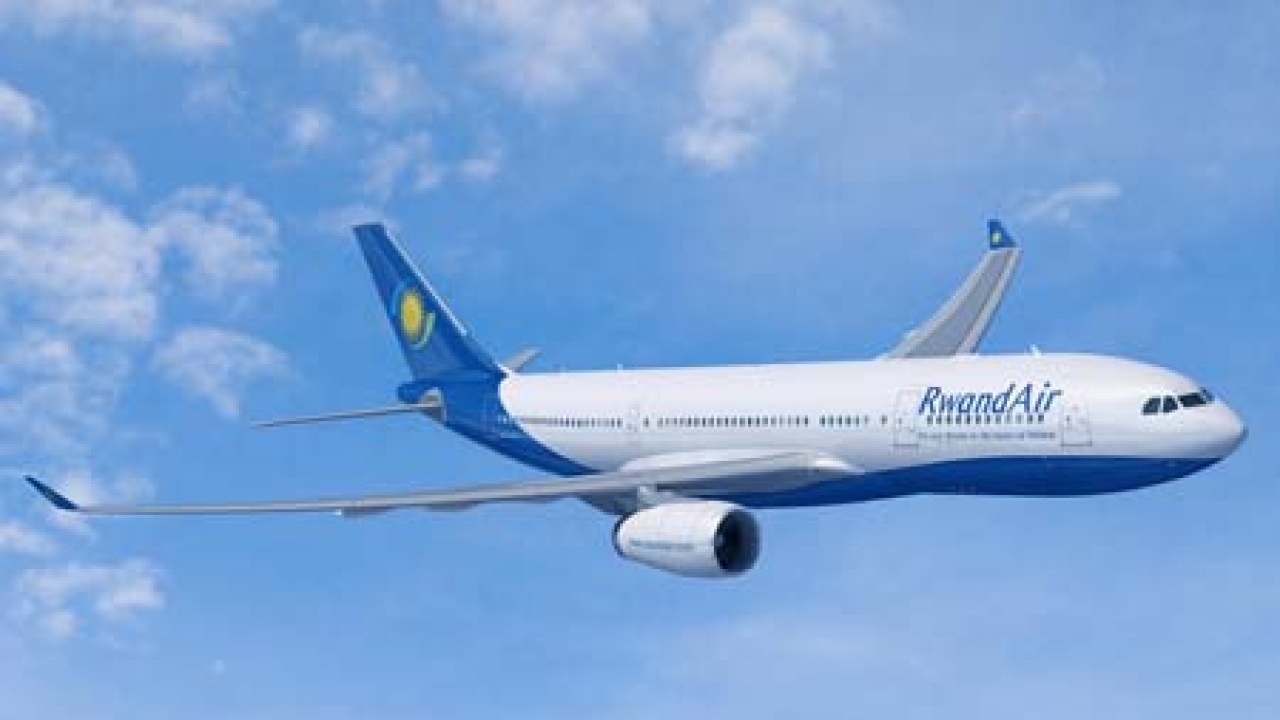Middle East and Africa see solid end to third quarter in passenger demand
IATA has recorded that there was strong post-pandemic global passenger traffic demand in September.

African airlines posted a 28.1% traffic increase in September 2023. Image: RwandAir
Total traffic in September 2023 (measured in revenue passenger kilometers or RPKs) rose 30.1% compared to September 2022. Globally, traffic is now at 97.3% of pre-COVID levels.
Domestic traffic hit a new high for the month of September, as traffic rose 28.3% versus September 2022 and exceeded the September 2019 level by 5.0%.
International traffic climbed 31.2% compared to the same month a year ago. All markets saw double-digit percentage gains year on year. International RPKs reached 93.1% of September 2019 levels.
“The third quarter of 2023 ended on a high note, with record domestic passenger demand for the month of September and continued strong international traffic,” said Willie Walsh, IATA’s director general.
International Passenger Markets
Asia-Pacific airlines had a 92.6% increase in September 2023 traffic compared to September 2022, continuing to lead the regions in terms of annual improvement. Capacity climbed 82.1% and the load factor increased by 4.5 percentage points to 82.5%.
European carriers’ September traffic climbed 15.7% versus September 2022. Capacity increased 14.9%, and load factor edged up 0.6 percentage points to 85.5%.
Middle Eastern airlines saw a 26.6% increase in September traffic compared to a year ago. Capacity rose 23.7% and load factor climbed 1.9 percentage points to 81.8%.
North American carriers had an 18.9% traffic rise in September 2023 versus the 2022 period. Capacity increased 18.0%, and load factor improved 0.6 percentage points to 85.6%.
Latin American airlines’ traffic rose 26.8% compared to the same month in 2022. September capacity climbed 24.7% and load factor rose 1.4 percentage points to 85.8%.
African airlines posted a 28.1% traffic increase in September 2023 versus a year ago. Capacity was up 29.9% and load factor slipped 1.0 percentage points to 72.6%.
Stay up to date
Subscribe to the free Times Aerospace newsletter and receive the latest content every week. We'll never share your email address.

